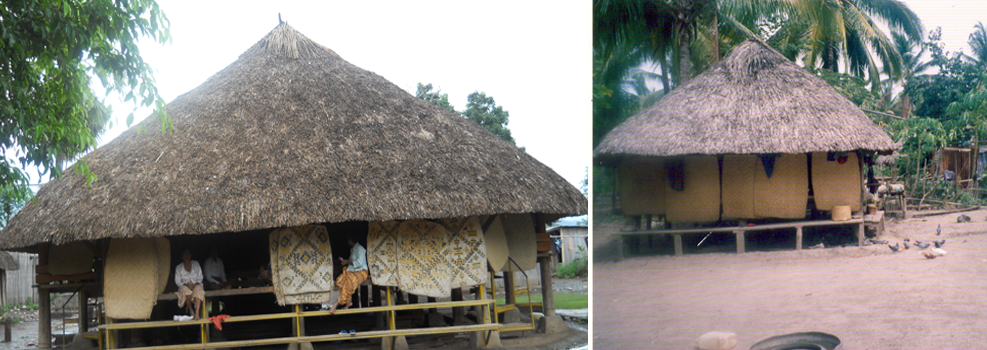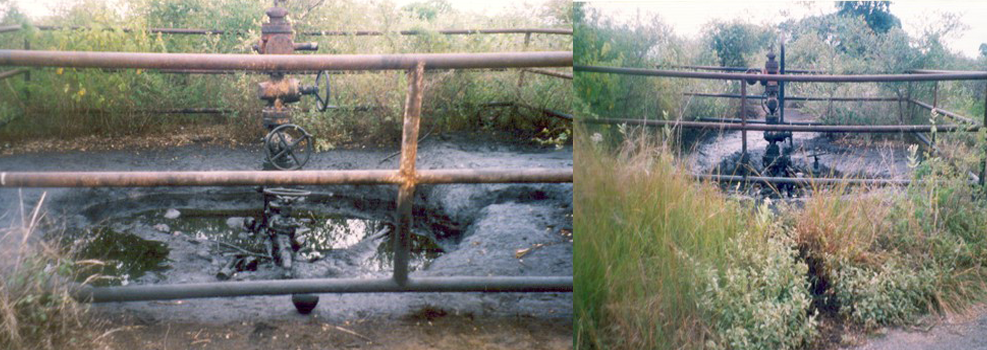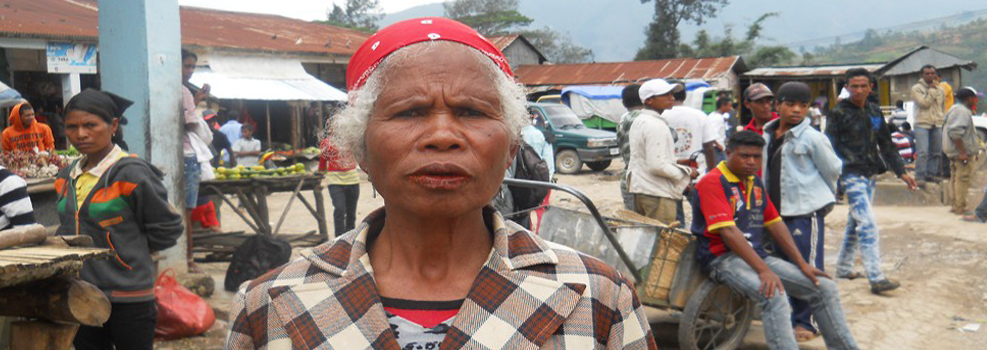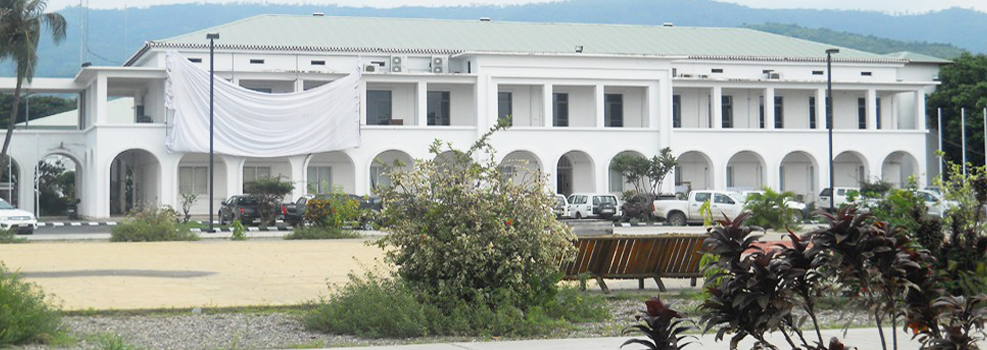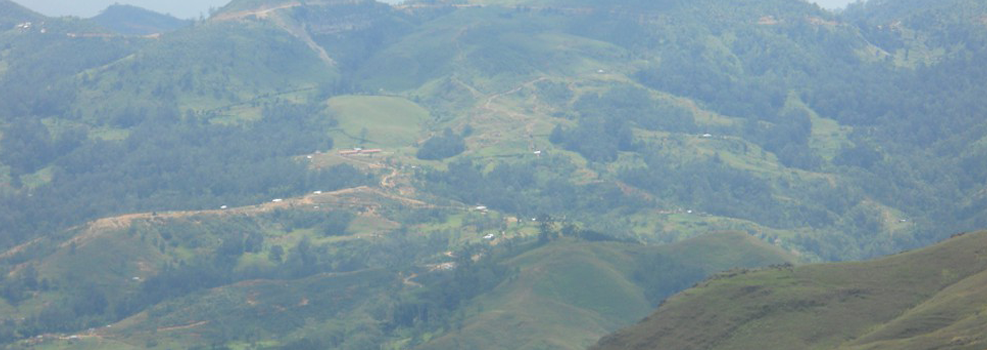Latest Articles
The History of Liurai Kamanasa (Suai-Kamanasa), Suri Nurak.
Indonesia Armed the East Timorese to Fight Fretilin
The Fehan Matrilineal Society of Timor-Leste
The Battle of Mount Lakirin in Suai Covalima, 1976
Fehan Society Believe in Buan (Sorcery).
How did Indonesia Invade Suai Covalima?
The Traditional Belief Systems.
Uma Lulik, Uma Fukun of Tetun People in Suai.
The Story of Fesawa River in Kamanasa.
Matrilineal Marriage of Fehan Tetun People in Suai.
When did the Portuguese arrive in Timor?
Building Uma Tali - Palm Tree House in East Timor.
Hakoi Mate - Death Ritual in Suai.
Explore the Culture and History of East Timor - Timor Leste
Kamanasa is a blog-based personal website. It does not represent the East Timor government or other organisations in East Timor. I designed this website to share knowledge about Timor Island's culture and history, specifically about East Timor.
Kamanasa brings you digital information resources for those involved in or seeking information about East Timor. The internet is the world's most powerful communication tool in the 21st century, and we use this technology to provide reliable resources and trusted information available to anyone who wants to access them. Whether visiting East Timor to work, on holiday, or in business, you will find valuable information on Kamanasa, including cultures such as Uma Lulik, the marriage system, history, Liurai Timor, and much more. We provide you with our expertise and local knowledge about places you want to visit, and most importantly, here at Kamanasa, you can learn basic Tetun before you travel to East Timor.
You can read various articles on the cultures page on East Timor's customs and traditions, including Uma Lulik, the matrilineal marriage system in Suai, linguistic differences, funeral rites, and legends and myths. Most anthropologists are familiar with the matrilineal society in Minangkabau, but they are unaware that a small matrilineal society exists in Suai Covalima, East Timor.
Pre-colonial history, early colonial history from 1515 to 1800, and history from 1900 onwards are all covered on the history page. I will also include some of the oral histories that Peter Spillet compiled in the 1990s, in which different traditional leaders from different regions recounted the stories of how their cultures, traditions, and forefathers came to be.
I named this website after the village of Kamanasa, where I was born and raised. Historically, a great kingdom of Suai-Kamanasa, Liurai Suai-Kamanasa, ruled the village until the end of the Maunfahe War 1912. The last king of Suai-Kamanasa was Na'i Klaran.
Archaeological evidence such as stone tools, shells, ocean fish, and other human artefacts found by Sue O'Connor in 2000 at cave Jerimalai suggests that humans may have inhabited Timor for a very long time, about 42,000 years ago. Even people may have migrated as early as 50,000 or 60,000 years ago (Durand, 2016). During this time, various ethnic groups migrated to Timor Island and settled in different parts, from Kupang to Tutuala. These ethnic groups are diverse in language, culture, and tradition. Some of these ethnic groups are the Dawan people, Tetun people, Bunak people, Kemak people, Mambae people, Makasae people, and Fataluku people; they all speak different languages.
The island of Timor is situated in Southeast Asia, a few hours' flight from Darwin, Northern Territory. The avid colonialists divided the island into two parts: the Dutch occupied the western, and the Portuguese occupied the eastern. In 1975, Indonesia invaded the east of the island, East Timor, and became part of Indonesia. Through a UN-sponsored referendum on 30 August 1999, East Timorese decided to become independent after 25 years of occupation. On 30 May 2002, East Timor formally attained independence.

